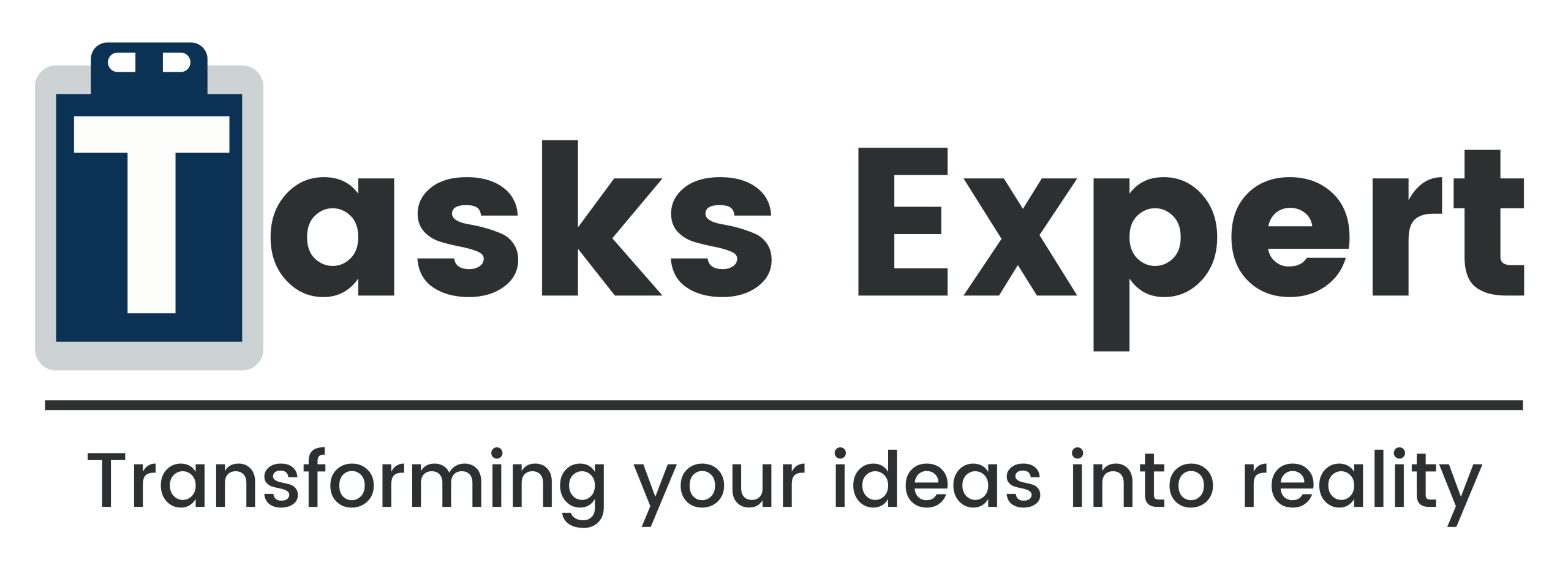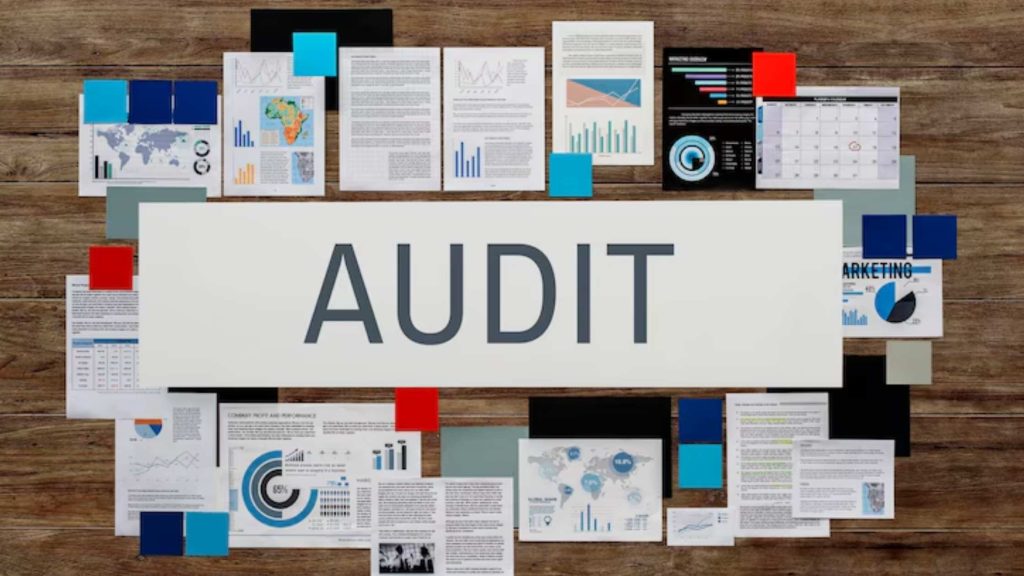Introduction
Compliance and audit readiness aren’t just checkboxes, they’re ongoing functions, each with critical financial and reputational implications. I’ve helped teams over the years that would spend weeks kicking into high gear during audits, tracking down paperwork to reconcile discrepancies, and “proving” that procedures were executed correctly. It is draining, and worse, dangerous.
That’s why I believe that Digital Transaction Management (DTM) is more than a mere convenience. It’s a compliance tool.
When all agreements, approvals, and transactions are encrypted, time-stamped, and centralized, the audit trail writes itself. It takes what was a reactive scramble into a controlled, proactive process, reducing human error, enhancing accountability, and pleasing auditors with precision.
What Is Digital Transaction Management?
Digital Transaction Management (DTM) is a cloud-guided service that involves the secure digitalization of document-based transactions such as e-signatures, document routing, identity authentication, and secure document archiving. Instead of relying on paper trails, emailed attachments, or highly fragmented shared drives, DTM provides a centralized, automated workflow for managing business agreements and approvals.
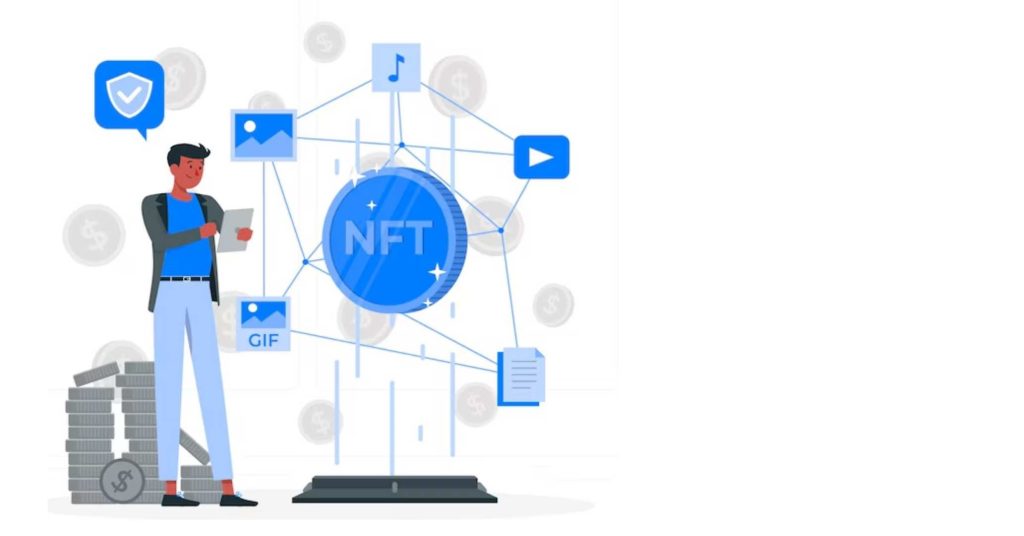
At its core DTM is a digitalization of trust. It ensures that each and every transaction, for example in the form of a signed contract, policy receipt, or any sequence of approvals, is executed validly, tamper-proof, and legally. Industry heavyweights, like DocuSign, Adobe Sign, and PandaDoc, not only optimize workflows, they also include encryption, access controls, time-stamps, and audit trails on every action taken.
What adds value to DTM is the fact that it is cross-functional. It facilitates HR onboarding, legal agreements, financial approvals, vendor contracts, and compliance reports — all within one interface. For businesses dealing with regulatory landscapes, DTM provides reassurance that documents are always safe, readily accessible, and ready for audit.
How DTM Enhances Compliance
Compliance usually depends on traceability and uniformity. Regulators and auditors are interested in evidence that procedures were adhered to, approvals were granted by authorized people, and records were kept accurately.
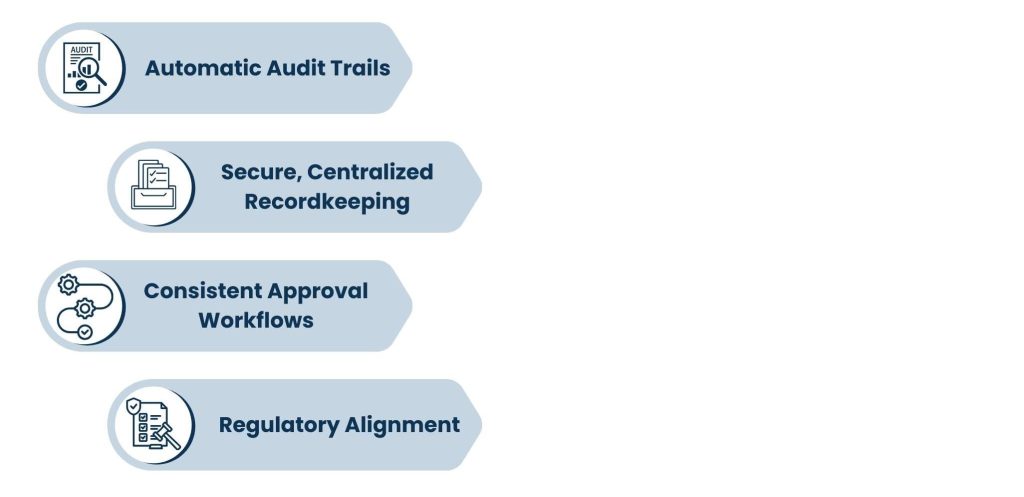
This is how Digital Transaction Management reinforces that foundation:
1. Automatic Audit Trails
Each action, from who looked at a document to who signed it and when, is automatically logged. These logs can’t be altered and can be retrieved immediately. From my own experience, auditors are much more comfortable examining computer logs than assembling emails or documents from three departments. These audit trails are consistent and thus easy to compare transactions over periods or business units. They are also evidence of due diligence in the case of a dispute, which minimizes legal liability and investigation.
2. Secure, Centralized Recordkeeping
DTM platforms hold all transactions in one secure place with access controls, encryption, and backups. This keeps documents safe from unauthorized access or loss. It also makes it much simpler to access records when needed during audits or internal review. Centralization lessens the chances of version conflicts or duplicated efforts between teams. With everyone sharing the same secure source, collaboration is enhanced, and record integrity is always preserved.
3. Consistent Approval Workflows
By having approvals handled electronically, you eliminate differences in how processes are treated. Everyone goes through the same steps, which supports both internal policy enforcement and external regulatory requirements.
I’ve seen this bring clarity and consistency to teams that were previously using a patchwork of manual processes. This uniformity helps identify process gaps early and ensures compliance protocols are followed even as team members change or roles evolve. It also speeds up approvals without sacrificing oversight or control.
4. Regulatory Alignment
Most DTM solutions are designed to meet legal compliance with laws like eIDAS, HIPAA, ESIGN, UETA, and GDPR. For business processes working with sensitive information or formal approvals, this compatibility streamlines compliance and lessens legal risk.
I generally recommend that teams check whether the platform they select complies with the requirements of their region and industry. DTM vendors themselves usually go through independent certifications and third-party audits, providing further assurance. This inherent compliance facilitates easier compliance with documentation requirements by companies without requiring them to create bespoke systems from the ground up.
Also Read: Virtual Assistant Services in Paget
Audit Readiness: From Stressful to Streamlined

Before DTM, audit preparation involved searching for papers, checking signatures, and praying that no files had been lost or misdated. Nowadays, with everything electronic, authenticated, and indexed, it is just a matter of minutes to reply to an audit inquiry, not weeks or days. Being able to export clean, formatted reports right out of the system accelerates auditor review time dramatically. It also demonstrates that the company is serious about recordkeeping and compliance, something that can help impact audit results favorably.
Real-World Example: Streamlining a Financial Audit
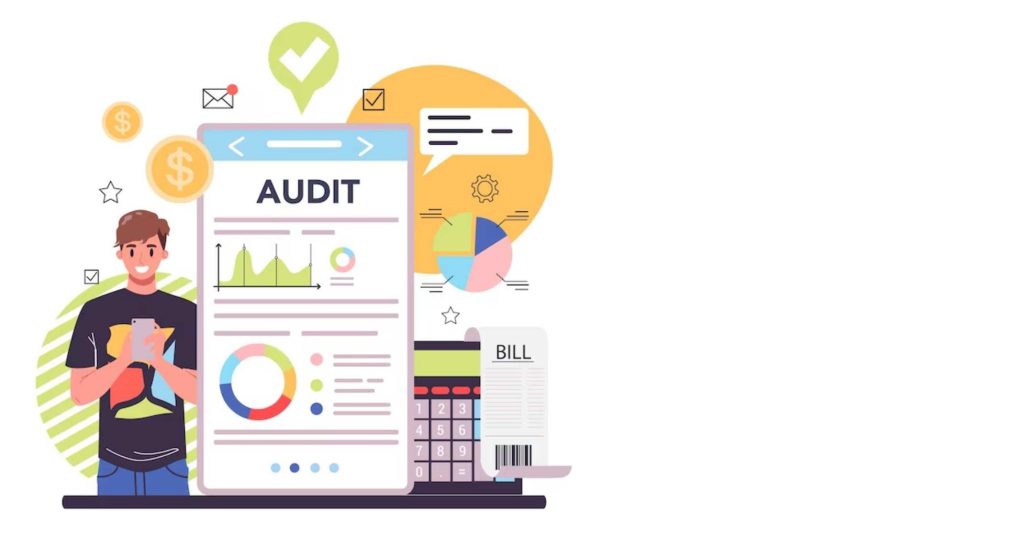
I had a finance company transition from paper agreements to a DTM platform. Their subsequent audit transitioned from being a three-week nightmare to a two-day scan. All that the auditors required from signed documents to approval dates was accessible with a few clicks. No holes, no queries, no panic. Since the system offered complete traceability and documentation integrity, the auditors were in a position to finalize their audit without seeking further clarification. Such an experience encouraged the firm to implement DTM in other departments as well, taking the advantages company-wide.
Risk Mitigation Through Accountability

Compliance risk is inevitable for every organization, either due to overlooked signatures, unauthorized signatures, or expired documents. Digital Transaction Management minimizes such risks by enhancing transparency. You know precisely who did what, when, and how — and that’s a strong thing. It not only insulates you during audits but can also help avoid problems from arising to begin with. When people are aware the system is monitoring activity, there’s an automatic boost of accountability. This inherent monitoring deters taking shortcuts and promotes a culture of compliance within teams. In my work with clients, I’ve seen how even resistant teams become more consistent once they understand the system protects them, too.
Adapting DTM Across Departments
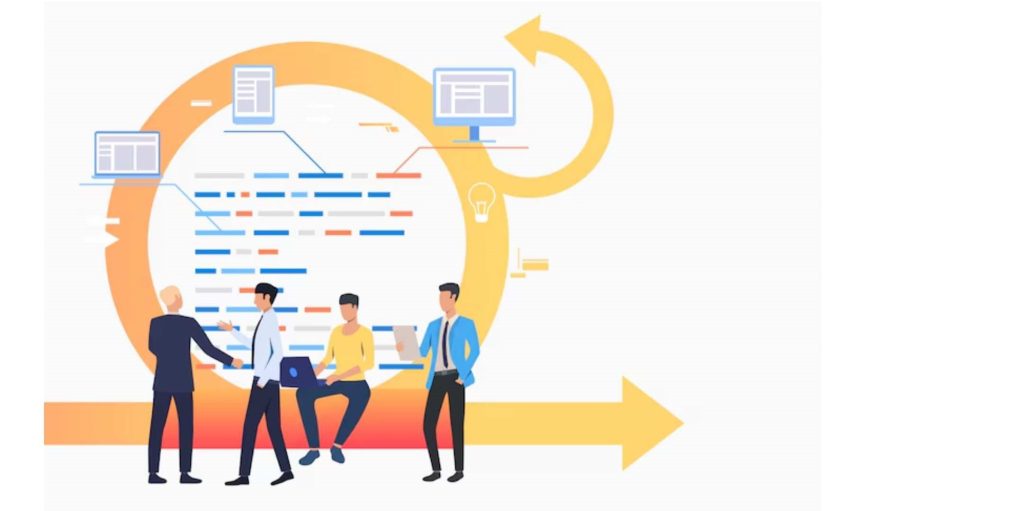
One of the things I love about DTM is how scalable it is. You don’t have to completely transform your whole business to benefit. I’ve assisted clients in rolling out department by department, beginning with HR, legal, or finance, and then rolling out once the results are evident.
Each contract executed, form completed, and policy accepted becomes part of a clean, secure, compliant record — instantly retrievable.
Digital Transaction Management Platform Key Features
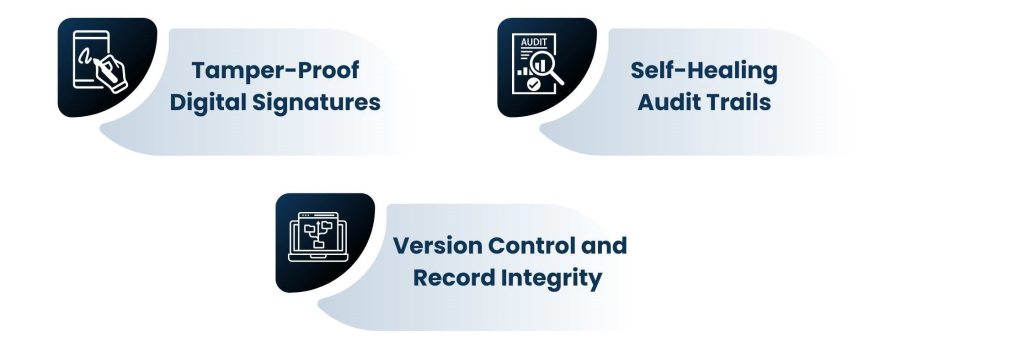
Let’s dissect what makes DTM platforms so great for audits and compliance:
1. Tamper-Proof Digital Signatures
Electronic signatures employed in systems such as DocuSign and Adobe Sign are legally enforceable and timestamped. They involve encryption and authentication, making each signature traceable and secure. In most regulatory settings, electronic signatures are more reliable than handwritten signatures due to their traceability.
2. Self-Healing Audit Trails
One of the most useful features in DTM is the automatic logging of every action, not just signatures, but views, approvals, edits, and reassignments. I’ve had auditors tell me that these digital logs saved hours of review time because the entire lifecycle of a document was right there, fully searchable, chronological, and immutable.
3. Version Control and Record Integrity
It’s chaotic to deal with contract changes via emails or shared drives. DTM has the guarantee that only the latest version is signed, approved, and saved. You always know which version is complete, with history at your fingertips if you need it. This helps eliminate errors caused by signing old documents or versions in conflict.
Industry-Specific Use Cases
The future of the Client Success Manager’s role is revolving around technology, customer expectations, and market forces. I monitor coming trends closely in order to continue leading and giving more value back to clients.

1. Financial Services
In this industry, following FINRA, SOX, and SEC regulations demands accurate documentation for transactions and disclosures. I assisted a financial advisory company that transferred its investment authorization process to DTM. The client approval time decreased by 60%, and they sailed through an unexpected SEC audit with zero documentation gaps.
2. Healthcare
Healthcare institutions require tight HIPAA compliance, particularly in terms of patient consent, access to medical records, and employee credentials. A hospital network I worked with used DTM for employee credentialing and patient intake forms. The payoff? Reduced errors on paperwork, real-time retrieval, and an audit-compliant repository that addressed HIPAA storage and access.
3. Real Estate
From lease contracts to disclosure of compliance, real estate agents deal with a mountain of legally sensitive documents. DTM automates the process, making it simpler to keep track of all interactions and be able to prove compliance with federal or state housing regulations. Agents spend less time tracking signatures and more time getting deals done.
How to Implement DTM for Audit Readiness (Step-by-Step)
If you’re thinking about implementing Digital Transaction Management, this is how I walk clients through the process.

Step 1: Review Your Existing Document Workflow
Determine which documents are involved in your compliance workflow. Such as signatures being requested, where are approvals tracked, and what are the pinch points?
Step 2: Select a Platform Relevant to Your Vertical
Find products that fulfill your unique regulatory needs (GDPR, HIPAA, SOC 2, etc.). Look at integrations with your existing CRM, HRIS, or project management solutions.
Step 3: Establish Clarity Around User Roles and Permissions
Access, approval, and editing should only be done by authorized people. Role-based access helps prevent compliance being inadvertently jeopardized.
Step 4: Train Staff on Usage and Security
Technology can do nothing without being utilized appropriately. Have onboarding sessions with all departments responsible for document processing.
Step 5: Set Automated Alerts and Backups
Ensure that documents are not only archived but also tracked. Automated reminders for approaching document expiration dates or unsigned agreements can avoid deadline misses or compliance lags.
Merging DTM with Other Compliance Solutions
Digital Transaction Management (DTM) is most valuable when it’s not working in a vacuum. Though it’s strong by itself, the magic occurs when DTM platforms are integrated with your overall compliance and operations stack. In my experience, organizations that integrate DTM with systems such as ERP, HR, and CRM platforms not only automate compliance but also mitigate risk, eliminate manual labor, and achieve real-time visibility across departments.

Let’s examine how these integrations lead to more powerful results:
1. ERP Systems – Financial Approvals and Audit Trails
Integrating DTM with ERP systems like SAP, Oracle, and NetSuite also ensures that all financial approvals are auditable and recorded. For example, once a vendor contract or a purchase order is signed, it can be automatically pushed into the ERP with the date, time, signature, and related attachments. Gone are the days of cross-referencing email chains or spreadsheets during audits, since you can now report quickly and more accurately.
2. HR Software – Managing Employee Compliance and Certification
Integration with HR systems such as BambooHR, Workday, or Gusto allows for automatic documentation related to hiring, onboarding, policy acknowledgment, and performance reviews. I’ve worked with teams that used DTM to ensure every employee signs off on updated compliance policies or workplace safety documents — with full traceability. This not only reduces the administrative burden on HR teams but also protects the organization in the event of an employment-related audit or dispute.
3. CRM Platforms – Client Agreements and Legal Documents
For customer-facing teams, integrating DTM with CRM systems such as Salesforce or HubSpot brings together documentations for agreements, NDAs, SLAs, and renewals. Sales teams are able to push out agreements directly out of the CRM, monitor real-time status, and keep signed documents safe and compliant. Client onboarding becomes better, accelerates deal velocity, and gets everything contained under one system of record.
Also Read: Virtual Assistant Services in Trinity
Why is Integration Important?

Without synthesis, data is distributed across isolated systems, leading to redundancy, versioning issues, and blind zones. But when DTM becomes part of your entire tech stack, you create a single source of truth — one that’s auditable, accessible, and reliable. This is a one-source methodology that enhances governance, allows real-time compliance checking, and lays the groundwork for scalable, auditable operations.
Future Trends: What's Next for Digital Compliance?
Compliance is only going to become more complicated, particularly as remote work becomes permanent, global operations expand, and AI-powered tools become a bigger part of daily business. To remain competitive, organizations need to move beyond static document storage and embrace dynamic tools that look ahead to risk, not simply document it.
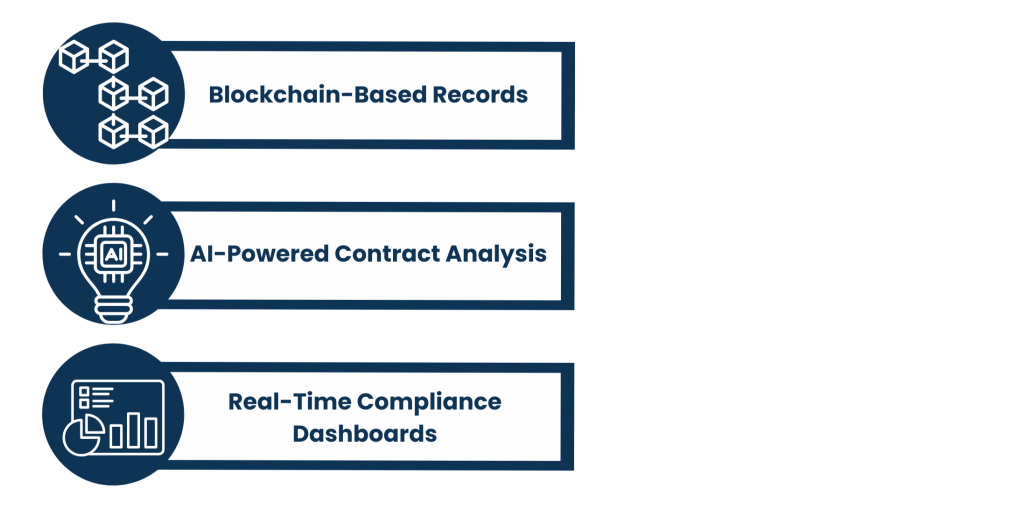
Below are three new Digital Transaction Management trends that will define the future of compliance:
1. Blockchain-Based Records
Blockchain technology is being explored to create immutable, timestamped records of transactions. Unlike traditional databases, blockchain entries can’t be modified, which renders them perfect for high-risk regulatory spaces. Domains such as finance and legal are particularly fascinated by blockchain DTM because of its increased traceability and trustworthiness — where each signature or modification is cryptographically sealed and validated.
2. AI-Powered Contract Analysis
Latest-generation DTM systems are starting to incorporate AI which can analyze contract wording in real-time. They flag risky phrases, non-conforming terms, or omitted facts before document signing. This minimizes legal team dependency per review and accelerates the agreement process while detecting potential risks upfront.
3. Real-Time Compliance Dashboards
Leaders need to know their compliance status at a glance. Advanced DTM systems are now providing visual dashboards that roll up information from throughout departments, highlight past-due items, and indicate which policies require refreshment. This transforms compliance from a tick-the-box activity into a real-time, data-driven aspect of daily activity.
These developments collectively herald a change: DTM is moving on from digital filing cabinets to become smart compliance allies, enabling firms to anticipate, prevent
Together, these innovations signal a shift: DTM is evolving from digital filing cabinets into intelligent compliance partners, helping businesses predict, prevent, and respond to risk in real time.
Conclusion
In business, documentation is often seen as a burden. But with Digital Transaction Management, it becomes a strength — a way to operate faster, reduce risk, and pass audits with confidence. What used to be scattered, paper-heavy processes are now streamlined, secure, and accessible from anywhere.
The organizations I’ve seen succeed with compliance aren’t just those that follow the rules — they’re the ones that build systems to make compliance effortless. DTM helps do exactly that by embedding security, traceability, and structure into every transaction. No more scrambling during audits. No more guesswork around who approved what, when, and why.
And the benefits go beyond compliance. Teams work more efficiently. Stakeholders gain visibility. Clients and partners gain trust.
At Tasks Expert, we help companies bring order to their transaction workflows. Whether you’re navigating strict regulations or simply tired of chasing paper trails, we make it easier to manage, track, and protect every agreement your business relies on. With the right setup, compliance isn’t a bottleneck — it’s a competitive edge.
If audit readiness, document control, and regulatory alignment are top priorities for your team, let’s talk. We’re ready to help you build a digital-first compliance strategy that works.
About Us
Tasks Expert offers top-tier virtual assistant services from highly skilled professionals based in India. Our VAs handle a wide range of tasks, from part time personal assistant to specialized services like remote it support services, professional bookkeeping service etc. Furthermore, it helps businesses worldwide streamline operations and boost productivity.
Ready to elevate your business? Book a Call and let Tasks Expert take care of the rest.




